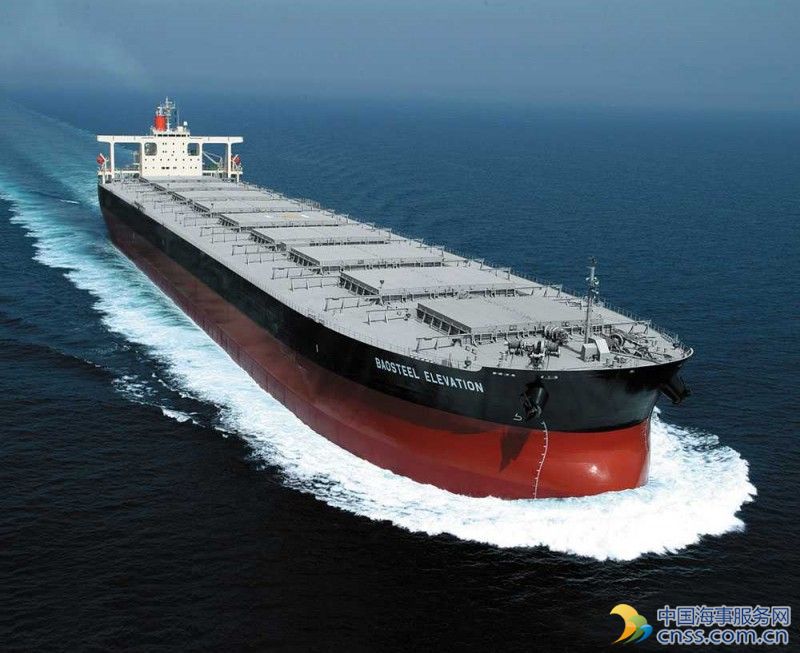Talk of iron ore ramp-up in China is spooking market, conference hears

The specter of Chinese domestic iron ore output ramping up this year in response to higher prices, and subsequently putting downward pressure on seaborne prices, was a major talking point at Australia’s flagship iron ore conference Wednesday.
Rio Tinto managing director, planning integration and assets, Kellie Parker, said the prospect of China “rebooting” its iron ore production was one of the “biggest market uncertainties.”
Citigroup Asia Commodities strategist Tracy Liao said supply tightness in high grade material, along with higher import prices, could incentivize an additional 20 million-25 million mt of domestic China production back into the market this year.
This would take total production on a 62% Fe basis to 270 million-280 million mt in 2017, compared with 245 million mt in 2016 and 260 million mt in 2015, she said. China generally produces concentrate grading 66% Fe and it costs around $6-$8/mt to turn concentrate into pellets.
“We think iron ore prices of above $70/mt are attractive enough for mines to restart or consider restarting,” Liao told the Global Iron Ore & Steel Forecast conference in Perth.
But Liao and other speakers believed Chinese iron ore supply was not as reactive to market prices as in previous years. She said Chinese companies might take 3-6 months to decide whether to restart production, and once operating again would only stop if prices plunged to low levels for a sustained period.
AME Group chief economist Mark Pervan said Chinese iron ore supply was “very price sensitive,” and not as flexible as before, after the government closed down a number of outmoded operations.
Pervan’s views on likely Chinese iron ore production this year were similar to those of Citigroup’s Liao.
However, SKR Consulting principal consultant Paul Araujo believed production was currently less than 200 million mt/year. He said there were a lot of stockpiles of domestic ore in China held at mines or by traders, which were skewing the output numbers.
“Some domestic production is coming back because they are smaller producers, or located next door to their customers and have the flexibility to reopen,” Araujo said.
Source: Platts
HEADLINES
- Do shipping markets want Biden or Trump for the win?
- All 18 crew safe after fire on Japanese-owned tanker off Singapore
- Singapore launching $44m co-investment initiative for maritime tech start-ups
- Cosco debuts Global Shipping Industry Chain Cooperation Initiative
- US warns of more shipping sanctions
- China continues seaport consolidation as Dalian offer goes unconditional